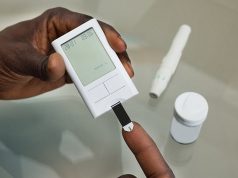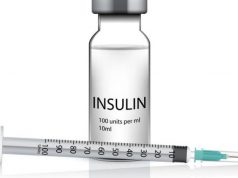No difference in HbA1c, SBP, LDL-C with doctor, nurse practitioner, physician assistant
TUESDAY, Nov. 20, 2018 (HealthDay News) — Diabetes outcomes do not differ for patients treated with a primary care provider who is either a physician, nurse practitioner (NP), or physician assistant (PA), according to a study published online Nov. 20 in the Annals of Internal Medicine.
George L. Jackson, Ph.D., from the Durham Veterans Affairs Health Care System in North Carolina, and colleagues used data from the U.S. Department of Veterans Affairs (VA) for 368,481 adult patients with diabetes treated pharmaceutically at 568 VA primary care facilities.
The researchers found that 74.9, 18.2, and 6.9 percent of patients had primary care providers who were physicians, NPs, and PAs, respectively. Compared with those treated by physicians, the differences in hemoglobin A1c values were −0.05 and 0.01 percent for patients treated by NPs and PAs, respectively. For systolic blood pressure, the corresponding differences were −0.08 and 0.02 mm Hg. The corresponding differences were 0.01 and 0.03 mmol/L for low-density lipoprotein-cholesterol. These differences were not clinically significant.
“In conclusion, we found no clinically significant differences in intermediate diabetes outcomes,” the authors write. “As a result, this study provides further evidence that using NPs and PAs as primary care providers may represent a mechanism for expanding access to primary care while maintaining quality standards.”
Abstract/Full Text (subscription or payment may be required)
Editorial (subscription or payment may be required)
Copyright © 2018 HealthDay. All rights reserved.








